A new title, Compelling People, that is required reading at Harvard Business School, draws from research and interviews with TED speakers, Nobel Prize winners and Fortune 500 executives on how to influence others

Lookin’ Good
Good looks have also been found to correspond with actual strengths. Some of the same internal chemistry that makes women attractive also makes them more fertile. They have even been found to be better lovers (as measured by their ability to help partners to achieve orgasm). But this dynamic does not necessarily mean that we admire everyone we find attractive.
ADVERTISEMENT
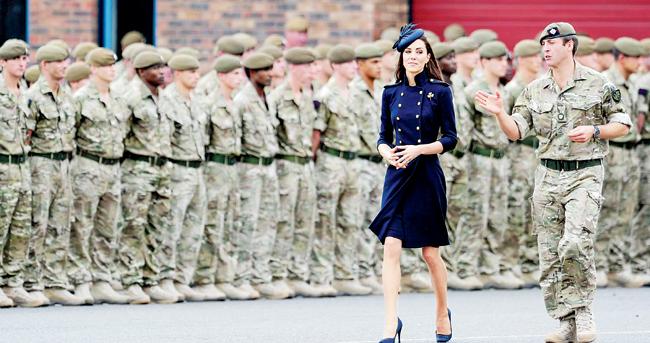
The book claims that there are many benefits to prove that beautiful women are more likely to marry into a higher social class. Kate Middleton (left) was one of the most attractive ladies in Prince William’s class at school, and it worked in her favour. PIC/AFP
Competitive reactions can develop, making attractive people the envied enemy. For example, research has found that when corporate job applicants submit pictures with their resumes, attractive female applicants can be at a disadvantage if women in the human resources department do not want to add more attractive women to the office social dynamic. We also often resent people we find attractive when they are not as friendly toward us as we feel toward them: It does not seem fair of them not to reciprocate our positive feelings. And attractive women are often assumed dim and shown disrespect because it seems like they can get by on their looks. Actress Charlize Theron is classically pretty, but she did not win an Academy Award until she made herself as unattractive as possible in the role of prostitute-turned-killer Aileen Wuornos. In real-world social contexts, looking good can be a mixed blessing.
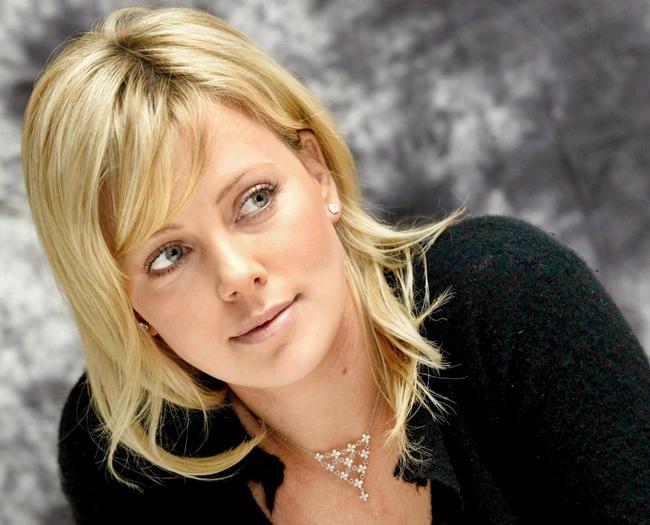
Charlize Theron was taken seriously as an actress after she de-glamourised herself
A Closer Look at Looks
Your face is how people identify you, the most important visual manifestation of the unique person beneath. Most of what others can tell about you by looking at your face has to do with the expression you are wearing at any given moment, which is closely linked to your emotional state. We all perceive strength and warmth in facial structures in two distinct ways: First, we assess particular facial features directly for these qualities. Second, we also assess how good-looking a face is, whether it is aesthetically appealing or not, and that also shapes our strength and warmth judgment. At the heart of the connection between face shapes and character judgments is a simple insight: Facial structures sometimes resemble facial expressions. The size of your nose will not make you look happy or sad, but if your mouth is built in the shape of a smile or a frown, you convey the emotions associated with these facial expressions without moving a muscle.
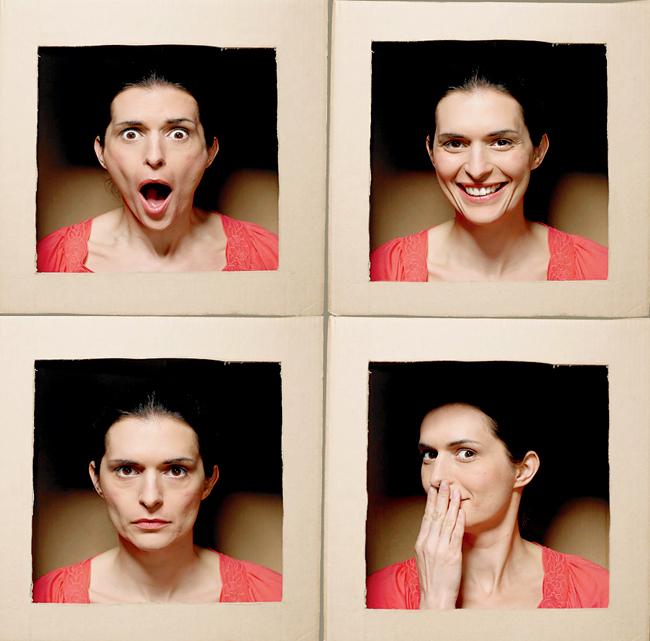
Taking Stock: The Person in the Pictures
Try to find candid pictures and videos that catch you looking the way others see you. Ask yourself how you would react to meeting someone who looks the way you do in these images. Pay attention to what you notice first. What about you projects strength or weakness? What about you projects warmth or coldness? There is always something on either side of the ledger. Many of us will never be able to see ourselves clearly because we get hung up on some particular aspect of our appearance — looks or body type or dress. Still, it is worth checking your own intuitive reaction first anyway. Because we instinctively pose for the mirror, the person revealed in candid shots and videos can be a little disappointing. But take heart. First of all, there is a lot more to your strength and warmth projection than what the pictures capture: Non-verbal behavior is captured only partially, and vocal and verbal habits not at all. More broadly, whatever you see in those images is good enough to have gotten you the reactions you have been getting from people to this point.
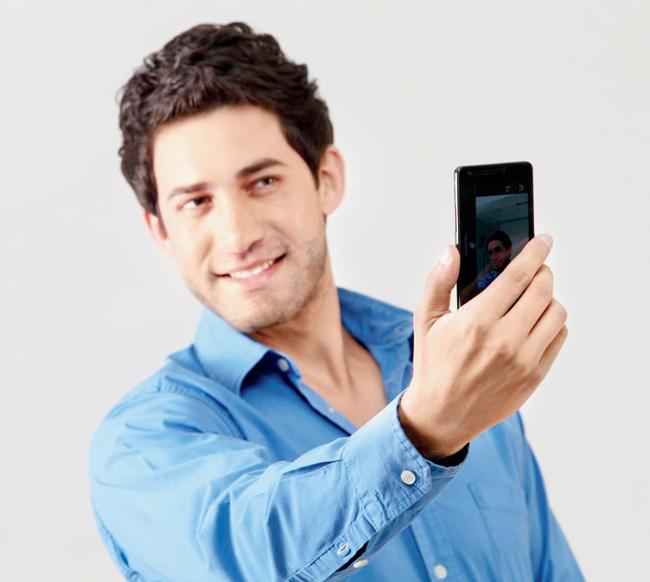
Strength vs. Warmth: The Manager’s Dilemma
Unless the organizational culture demands otherwise, there is a good argument for trying warmth before strength when managing employees: It builds trust first, and sends a message that everyone is presumed competent and motivated. This kind of trust reduces friction and promotes sharing important information. A culture of fear, in which employees’ overriding concern is avoiding trouble, can keep important ideas and information under ground if people are too concerned about survival to speak up.

What Women (and Men) Want
Straight guys love the sight of an attractive woman smiling at them. It floods them with pleasant hormones, dopamine chief among them. It just feels nice. When a girl, say Jill, sees Jack with a happy smile on his face, it creates a totally different effect. Assuming they are at about the same level of attractiveness and status, a big warm smile is a fine overture of friendship, but it is likely to squash any sense of possible romance between them.

In guys, warmth with no strength is not sexy. While a big goofy grin proved to be quite attractive on women (and anything but on men), pride displays — like a raised chin or slightly smug smile — did the opposite: Proud men seemed very attractive to straight women, whereas prideful women were judged not attractive. But what, then, explains the attractiveness of prideful guys? This is the bad-boy effect, where women find it attractive when guys act like jerks, projecting lots of strength and little warmth.
Excerpted with permission from Hachette India
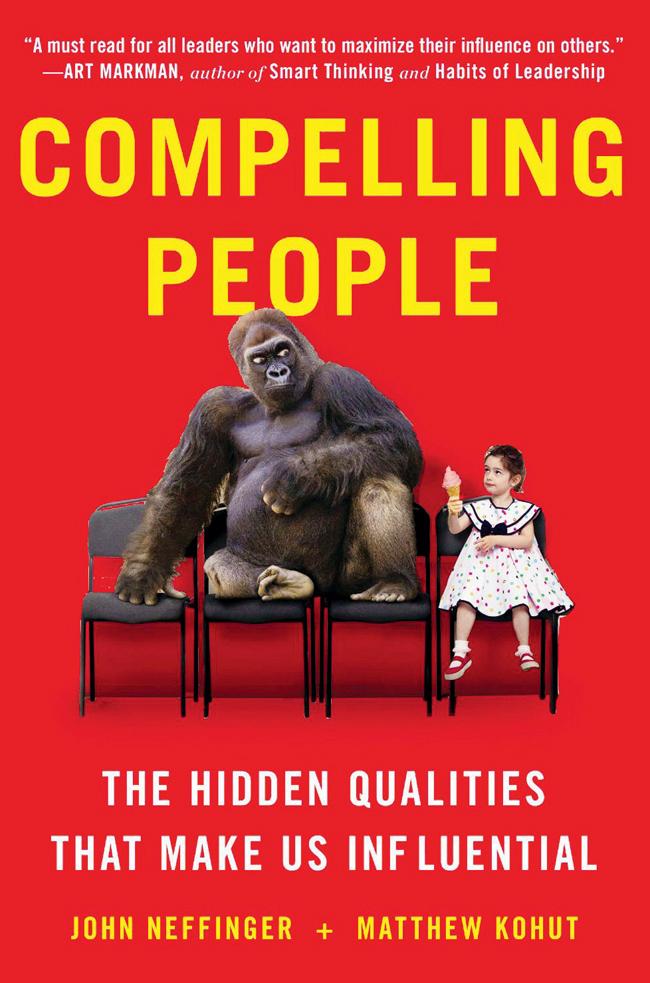
Compelling People: The Hidden Qualities That Make Us Influential, John Neffinger and Matthew Kohut, Hachette,
Rs 375. Available at leading bookstores.
 Subscribe today by clicking the link and stay updated with the latest news!" Click here!
Subscribe today by clicking the link and stay updated with the latest news!" Click here!






